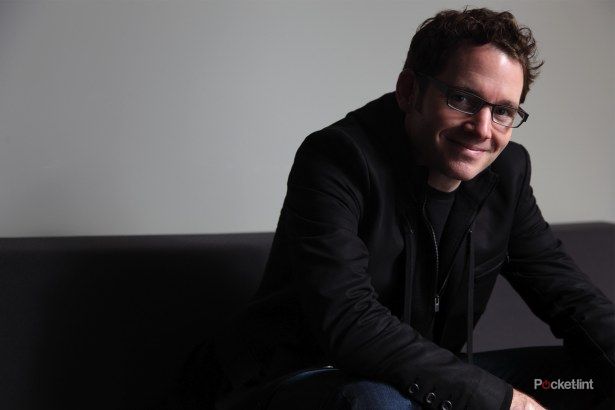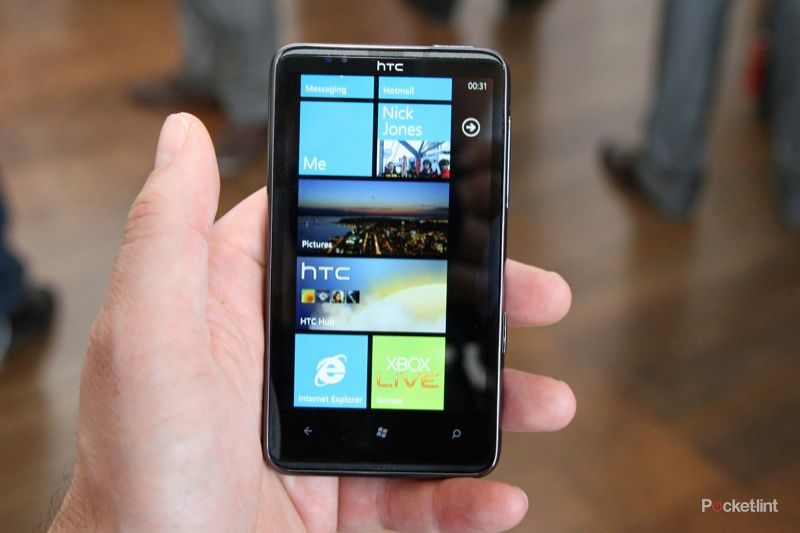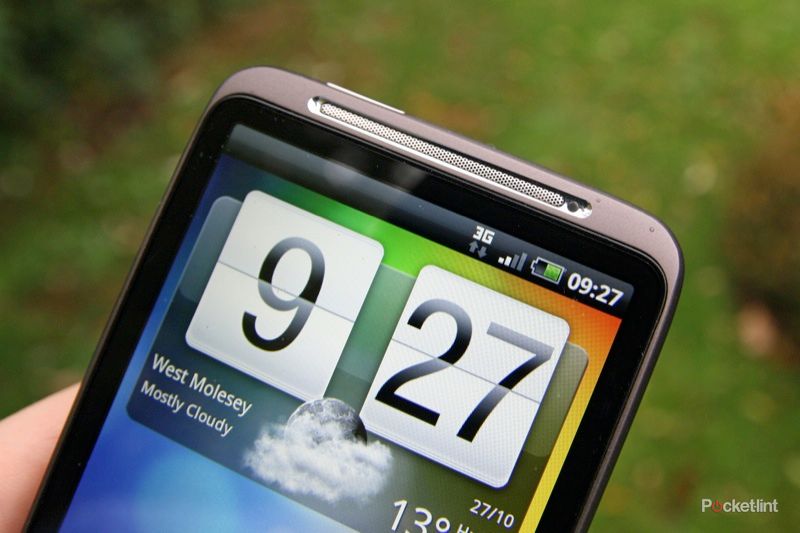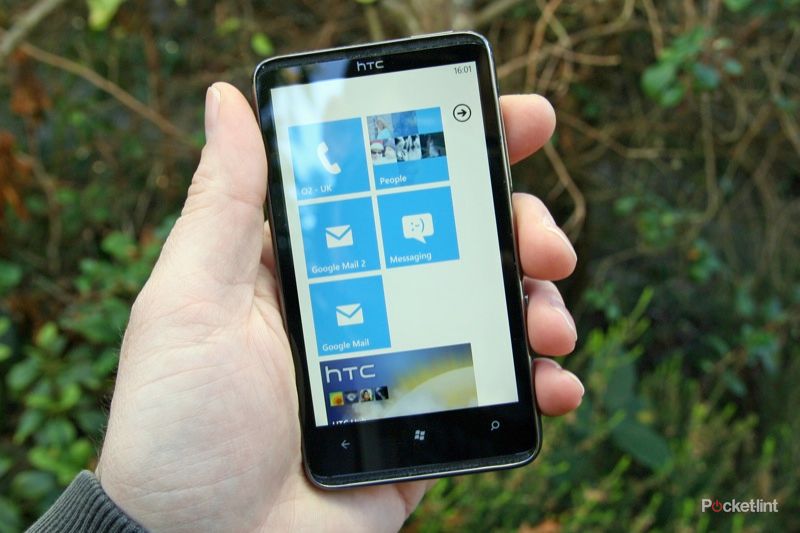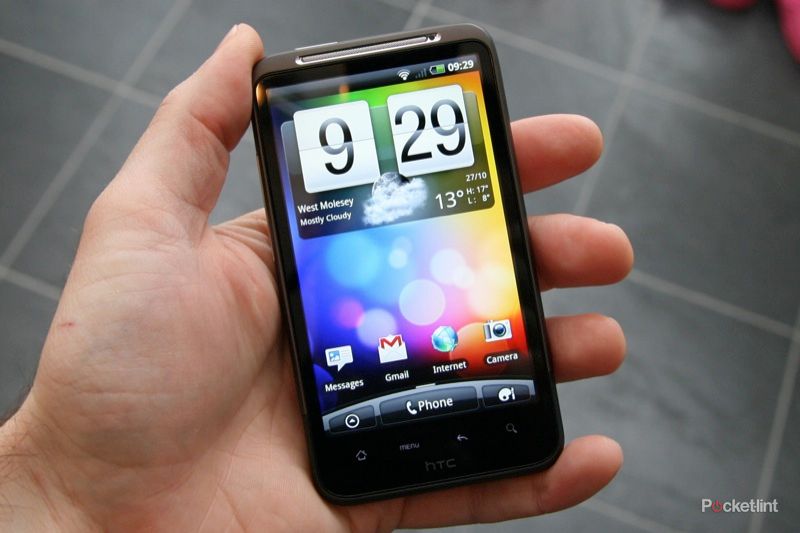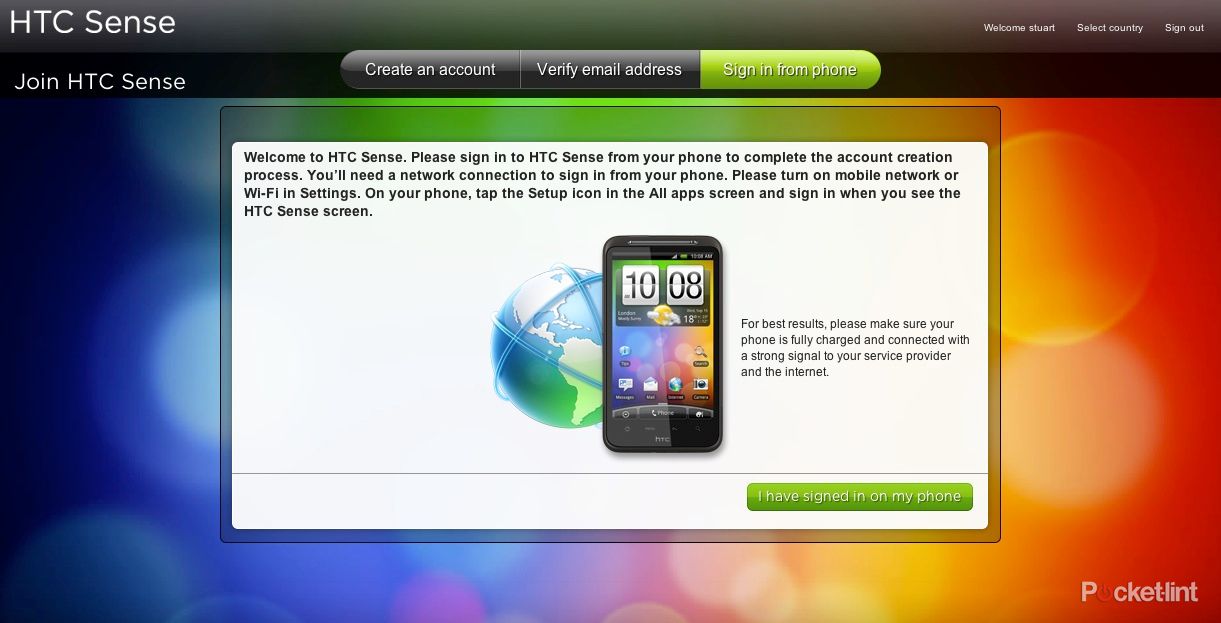“I don’t think it will be long before you are doing things with your phones that you haven’t imagined doing yet”, Drew Bamford, Director of User Experience at HTC tells Pocket-lint.
Bamford, is the man responsible for making the 20 million HTC handsets sold this year easy to use. Director of User Experience for the Taiwanese company, Bamford's job is all about making HTC’s Sense software for the company’s dozens of phones around the globe work, and work well.
Rather than focus on the physical hardware of the phone like Scott Croyle at One & Co , Bamford's job is all about HTC Sense. It's the interface glue that combines all the varying operating systems together. HTC currently uses four main operating systems; Android, Windows Phone 7, Windows Mobile, and Brew, with devices ranging from the Android flagship HTC Desire HD to more niche phones like the HTC HD mini running Windows Mobile.
We sat down, over the phone (Bamford was using a HTC Desire HD by the way) to find out what the designer thinks on Android, on Windows Phone 7, on designing a software that suits all of us, and where the future lies for the mobile phone.
Q. The mobile phone is an incredibly simple thing, but also a complicated one, where do you start when it comes to designing a new device; do you just draw shapes?
(laughs) A lot of people imagine that design is about drawing pictures, or about colours or shapes that appear on the screen. For us that’s the final step in quiet an involved process to create HTC Sense. The first step, the most critical step, is creating a deep understanding of what our customers want to do with our phones. What’s important to them. It’s this research phase that is really the bulk of our work, and the most important part of our work, and often overlooked by many others.
What we are trying to do is talk to users, find out what they do in their everyday lives and solve those problems. Once we can understand what they do and what their problems are the next big step is to identify which problems to solve. That’s the first step to narrowing the focus of the work. Once we identify what the big problems are and the big opportunities we want to address, we start to visualise solutions and ways we can solve those problems.
A lot of our success is down to recruiting a world-class design team. One of the things that we look at when we hire someone is not just their shiny portfolio, but their ability to empathise with people. Do they notice things?
Early on it was easy to design phones for ourselves because we are all techie, but if we want to broaden our devices to a new kind of people, we need to work out how to create devices for other people.
Understanding other people’s lives is a really important part of the design process.
Q. When you design a phone's interface do you find that something that is obvious for one culture is completely alien to another?
Absolutely. That’s one of the main things that we look at when we design for people or different cultures. A lot of people talk about creating designs that are intuitive. It’s common to think that intuitive design is intuitive for everyone. That’s not the case.
Q. So do you have to make a device that fits everyone and the individual?
One of the things that’s really exciting about Sense is that from the ground up Sense adapts to people rather than the other way around. In many ways the HTC Sense is like an empty vessel that’s not complete until someone starts using it and moulds it to their own purposes. Because we have this structure that’s based around customisation we are able to accommodate all kinds of people.
A good example of this is scenes. We can design different scenes for different people. It’s one of the new exciting bits of HTC Sense. We can allow people to download new scenes via the website that are more appropriate to their needs.
Q. It’s a very different approach to how you are working with Microsoft. Do you think that customisation is the way to go?
There are ways to customisation in Windows Phone 7. You can customise your experience by downloading the apps that are interesting to you. On our android products we have been able to take that a bit further and say "here is a huge range of tools to create your own experience". That philosophy is core to HTC and HTC Sense. Giving people the experience and product that they want rather than the one "we say is best". We will continue to evolve Sense on all platforms to evolve that personalisation and tailoring for individuals.
Q. One of the problems you must have is designing for multiple devices, how do you go about designing for a range of handsets rather than one?
It’s certainly more challenging, but it also gives us plenty of opportunities. We have to design an experience that can scale across different platforms, different size screens and even scaled on to the web at HTCsense.com.
It leaves us having to think about Sense in more abstract terms and identify the core DNA of Sense so we can express it in different environments, whether it's a tiny Android phone with a slide out keyboard or a giant slate Windows Mobile phone.
From a design standpoint, we get to think about Sense in a fundamental way rather than specific icons on a screen.
Q. What are HTC Sense’s core values?
I think fundamentally HTC Sense is about design for people. That’s the most concise way to talk about it. It’s design for all kinds of people and designed for the needs for all kinds of people; that’s why we have a large range. People are all different, we are all individuals. It’s not like creating a movie and the main goal is to express ourselves and communicate our vision, it’s more about identifying what people want and giving them a framework for them to create their own experience. It’s about people and tools.
Q. Out of all the elements of the Sense UI, what’s the bit you are most proud of?
I think I am most proud of the little features that seem obvious to most people. It’s when they pick up the phone and notice something that they didn’t know before, but then say "that's obvious" even if they hadn’t used a phone that had that feature before. Successful designers want their products to get totally out of the way of the users.
A good example is when you pick up a HTC phone that’s ringing loudly it automatically gets quieter. That’s a beautiful example of HTC Sense, and it’s not even visible, it’s just there.
Q. We thought you would have said the weather?
Weather is the number two feature most often requested. While it seems trivial, weather is a very important feature for our users.
Not only is it an important feature, we knew intuitively before we discovered the research that we wanted to make the weather feature something to enjoy.
Q. What’s number one?
Number one is email.
Q. Do you think involving people makes you stand out from other phone makers?
Yes, that’s a huge part of our differentiation from the rest of the industry. It’s identifying that weather is important to people, and then making people smile when it comes to using it. Every time they see the lightening flashing across their screen they get a new experience on their phone. It’s the little details that I think may seem silly, create a personal bond between people and our phones. I think that makes our user experience as a whole more personal, creating a closer bond over something that is normally utilitarian in character.
Q. How does HTC keep up with social media, deciding who to include and who not?
Because we are focusing on people we’ve built a framework that optimises that. Even 2 years ago we had the ability to tie people’s contact details and email correspondence to a virtual card. As new ways of communicating are introduced we have a natural framework to aggregate that together.
As for who to include and who not to include we try to identify trends, we are trend spotting out on the web everyday looking and participating in the social web for new services. Analysing which have critical mass and which ones are gaining traction, and those are the ones that we try to build in first. We also have a strategy called HTC Opensense that will allow third parties to do that integration work themselves. If we haven’t worked fast enough to get their offering on Sense they can do it themselves. Linkedin for example could build in a contacts book to integrate with the Sense UI.
Q. Why doesn’t HTC have its own OS?
One of the major reasons is that we really enjoy the freedom that not having one [an OS] gives us. The core values that we bring to our customers is the design of the user experience layer that affects their everyday life. And by partnering with Google and Microsoft to build the platforms, we can allow them to do the heavy lifting like creating services and APIs that enable things like email and web browsing, while letting us focus on the top layer of the user experience where we can bring the most value.
If we were to take on the entire project of creating an operating system we would be spread a lot thinner focusing on the technical issues. I don’t think we would be able to offer enough value as our technical partners.
Q. Windows Phone 7 doesn’t let you customise the user interface as much as you would probably like, does that frustrate you?
I see it as another challenge. It’s another constraint in the design, but it’s what makes design fun for most designers. Constraints allow you to know the space you are working in, and then let you go nuts in that space.
I suspect that those constraints will loosen in time allowing us to do more. Microsoft will let us loosen the reins a bit, but certainly it's a real constraint the kinds of things they are enabling.
I wouldn’t preclude HTC in the future doing something on a different operating system or even doing our own operating system. I don’t think that’s out of the question, because our goal is to address the needs of our users, and if we don’t have the freedom to do what we need to on a given platform we’ll try another platform or create our own.
At the moment on Google and Microsoft, we are able to provide a great experience for our users, so everything is working great at the moment, but we will do everything necessary to meet the need of our users.
Q. So if you found Android or Windows Phone 7 getting locked down too much you would leave?
We will do everything necessary to create the best experience possible. Right now working with Microsoft and Google is the best approach, but that might not be the case in the future.
One of HTC’s strength is that we are always trying new things, new form factors, new partners, and that’s what’s kept us in the race for so long.
Q. Let's talk Android. Do multiple versions of Android cause you a headache?
From an experience stand point we’ve been very happy with the speed at which Google has evolved Android. With every new release there has been plenty of new features and improvements.
Certainly from a development and integration standpoint it has created challenges for us, but in true HTC fashion we’ve flexed enough to integrate the new Android version very quickly. With some of the new phones we’ve been able to do that in around 6 weeks, which is pretty impressive I think.
Q. If you were Andy Rubin (VP of Mobile Platforms at Google) or had his ear, how would you go making Android better?
The best strategy for Google is to keep the open strategy. It’s a real differentiator for them to allow manufacturers to take the power of the platform and mould it to the best experience. That’s one of the huge attractions for users, manufacturers, and carriers: the ability to make out of it what they want.
Although that does cause some level of variation and complexity, I think the benefits far outweigh the problems.
Q. That suggests you’re happy in the way they are doing it.
We love the flexibility of Android. As a company HTC loves the opportunity to do what we need to do with the operating system.
Q. Having worked on a lot of platforms is it your favourite platform to work on
We don’t have any favourites. That’s like asking which of your children you love the most. Just like every kid is different, every platform has its benefits. That said, I really enjoy working with Android. It’s a modern platform that’s open and flexible, we can’t ask for too much more.
Q. Where do you see software going? Is it voice? Augmented reality? 3D?
I think all those user interface offerings are interesting, but the important thing is to only apply those elements where appropriate. You can’t make the whole phone AR only.
We’ve [HTC] been thinking on a higher level. Experiences won’t be so contained to the phone. The phone will become the centre of people's experiences with technology. We are looking at how the phone interacts with other products: with your car, your TV, your set top box, your PC. This kind of eco-system thinking I think will lead to a lot of powerful scenarios for people.
Q. Is that pie in the sky stuff or happening now?
I think it’s right around the corner. We’ve already taken the first steps with the HTCSense.com allowing people to share information between devices wherever you are. The technology is there right now, it’s really a matter of crafting compelling scenarios for our users. I don’t think it will be long before you are doing things with your phones that you haven’t imagined doing yet.
Phones are so powerful today, so it could easily become the centre of all your visual experiences.
Q. What’s your phone?
I switch phones a lot, and use multiple phones at the same time. But at the moment I am using a Desire HD, but I am using Windows Phone 7 as well to make sure that everyone gets the attention they deserve.
Drew Bamford's designs can currently be seen on the HTC Desire, the HTC Desire HD, the HTC HD7 review, HTC 7 Mozart review and many more.

